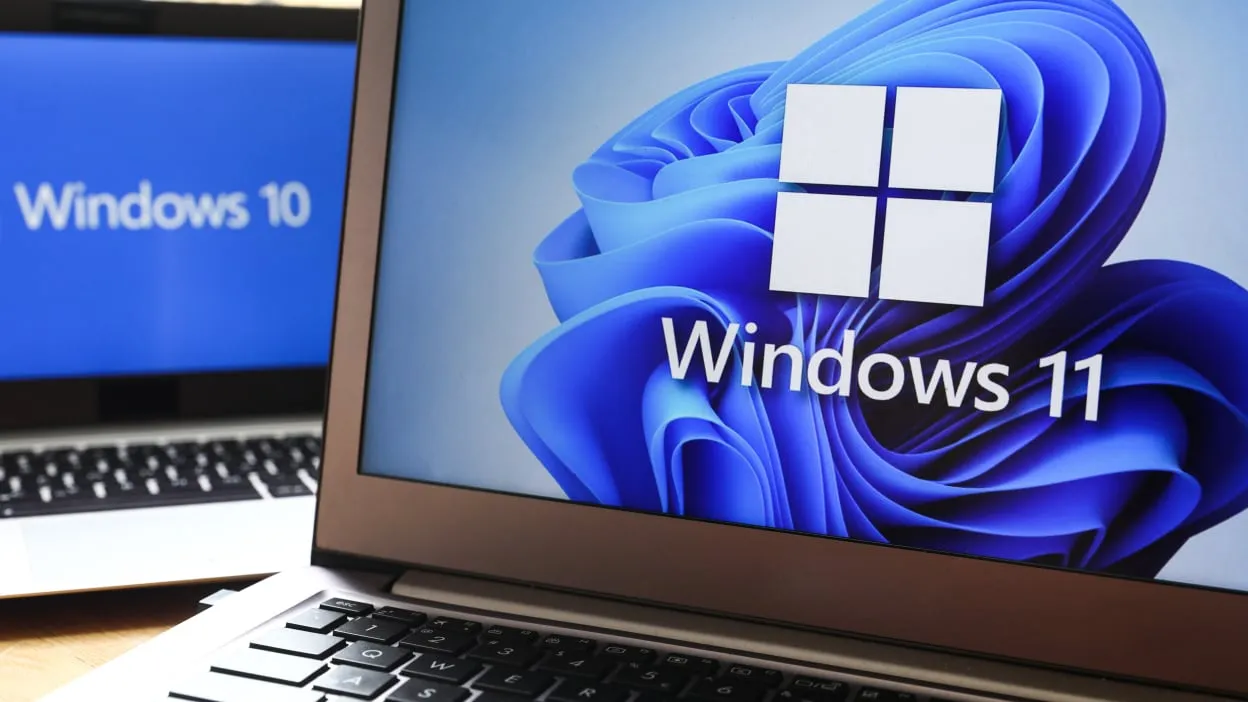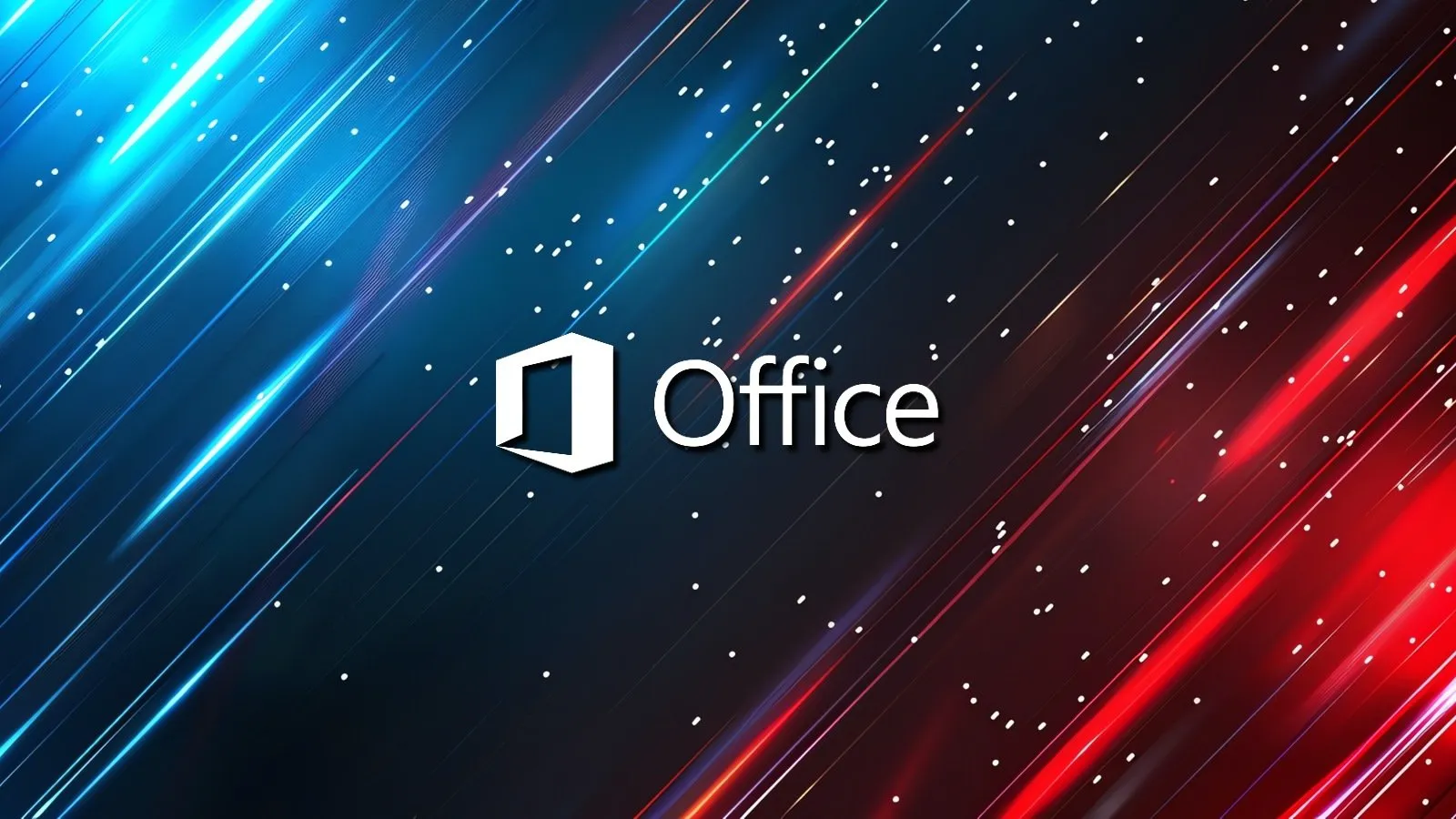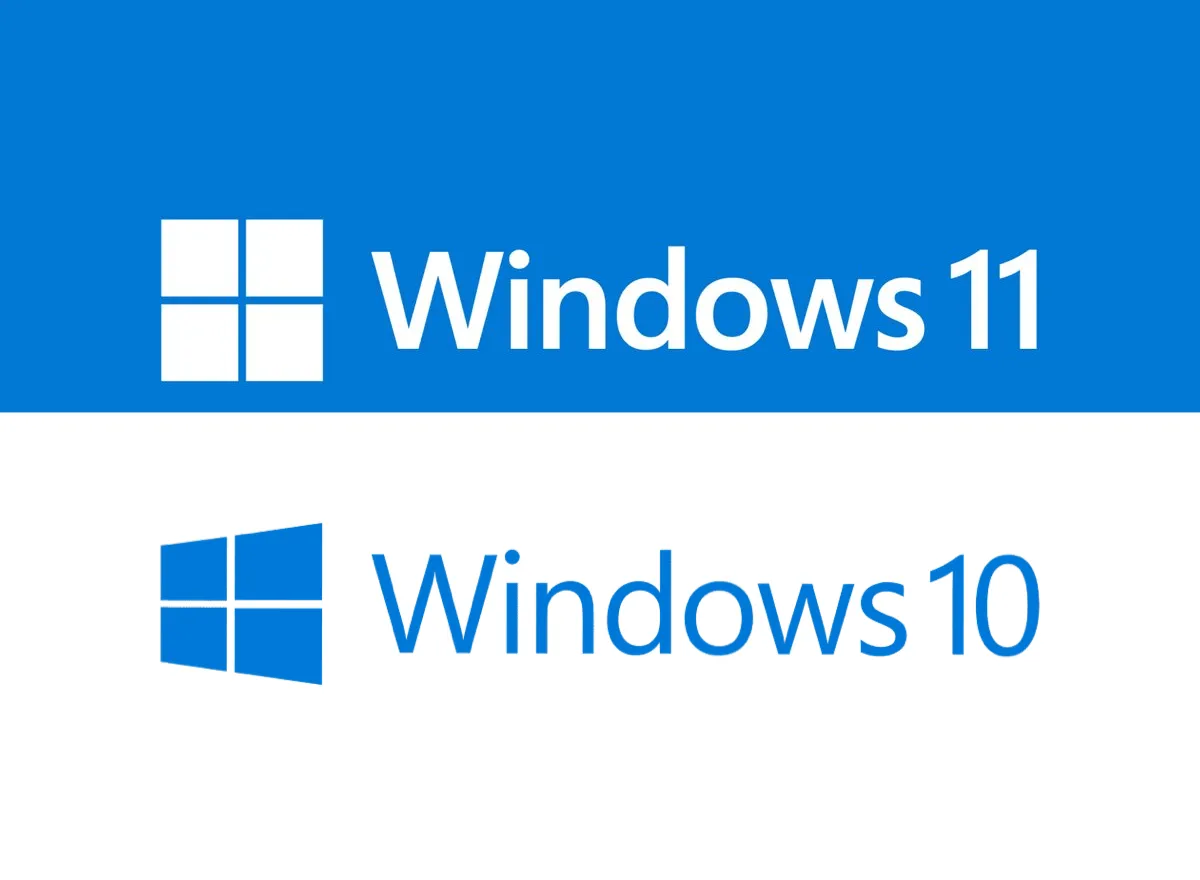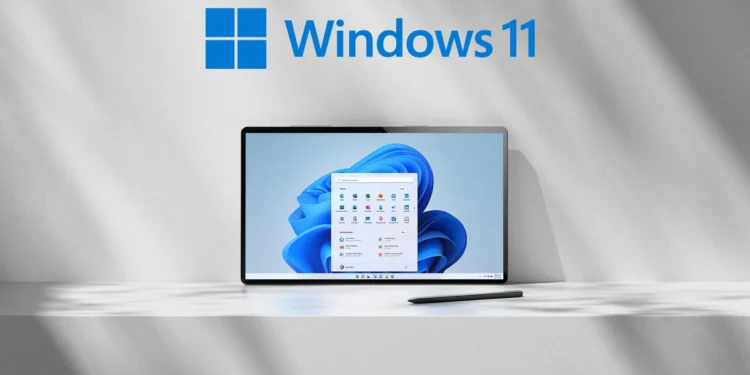“Microsoft 365 Apps will no longer be supported after October 14, 2025, on Windows 10 devices. To use Microsoft 365 Applications on your device, you will need to upgrade to Windows 11,” stated Microsoft, revealing a clear roadmap for users to follow. This pivot to Windows 11 is part of a larger effort to enhance security and performance across Microsoft’s suite of applications and services.

The transition isn’t limited to users with an active Microsoft 365 subscription. Even those utilizing standalone versions such as Office 2024, Office 2021, Office 2019, and Office 2016 will need to navigate this change. Microsoft’s support document, highlighted by The Verge, assures that while Office apps will remain operational post-support, they might not deliver the best user experience without an upgrade to Windows 11.
Windows 11: A Necessity Faced with Resistance
Despite the push towards embracing Windows 11 since its debut in October 2021, adoption has been slower than expected. As of now, over 62% of all Windows systems globally still operate on Windows 10, with less than 35% of devices running Windows 11, per Statcounter Global data. The mandatory TPM 2.0 support required for Windows 11 has been a significant barrier, labeled as “non-negotiable” by many users. This hardware-based security feature aims to safeguard systems against cyberattacks and tampering, yet it has also led to the creation of various workarounds by those hesitant to upgrade.

Extended Support: A Lifeline for Users
For home users not ready to make the jump to Windows 11, Microsoft has thrown a lifeline. Until October 31, 2026, Windows 10 home users can opt for Extended Security Updates (ESU) at a cost of $30, providing a temporary reprieve from the inevitable upgrade. Additionally, specific versions of Windows 10 designed for specialized systems, such as the Long-Term Servicing Branch (LTSB) and Long-Term Servicing Channel (LTSC) for industrial and medical devices, will continue to receive updates beyond the general end-of-support date.

The Future of Windows
As 2025 has been marked as “the year of the Windows 11 PC refresh,” Microsoft’s strategy is clear. They are not merely nudging but rather pushing consumers towards newer, more secure computing environments. This transition phase is critical for both Microsoft and its users, as the company continues to refine its offerings and users seek stability and security in an ever-evolving digital landscape.










